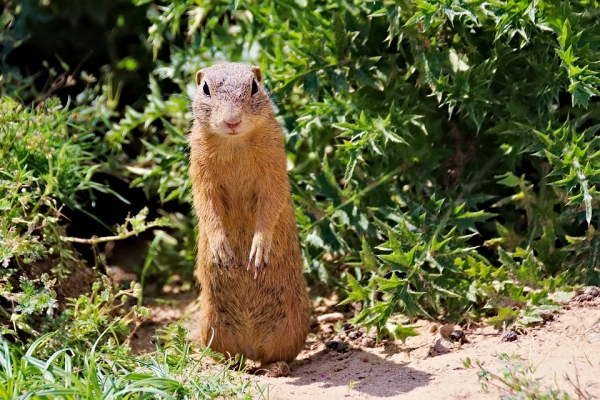When Mount St. Helens erupted in 1980, lava incinerated anything living for miles around. As an experiment, scientists dropped gophers onto parts of the scorched mountain for only 24 hours. The benefits from that single day were undeniable -- and still visible 40 years later.
Once the blistering blast of ash and debris cooled, scientists theorized that, by digging up beneficial bacteria and fungi, gophers might be able to help regenerate lost plant and animal life on the mountain. Two years after the eruption, they tested this theory.
“They’re often considered pests, but we thought they would take old soil, move it to the surface, and that would be where recovery would occur,” said UC Riverside microbiologist Michael Allen.
They were right. But the scientists did not expect the benefits of this experiment would still be visible in the soil today, in 2024. A paper out this week in the journal Frontiers in Microbiomes details an enduring change in the communities of fungi and bacteria where gophers had been, versus nearby land where they were never introduced.
Read more at University of California - Riverside
Photo Credit: veverkolog via Pixabay
Sci/Tech Wildlife Top Stories
